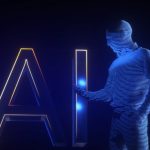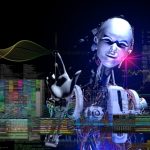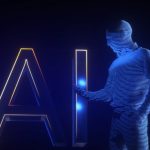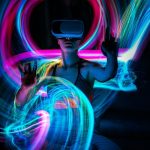Primordial black holes (PBHs), formed during the universe’s earliest stages, could be causing significant disruptions in stellar systems. Unlike black holes resulting from the collapse of supermassive stars, PBHs originate from density fluctuations in the early universe. These black holes range in size, from subatomic particles to masses greater than the Sun. The potential interaction of PBHs with binary star systems raises intriguing questions about their role in the cosmos.
Previous research suggested that PBHs might account for up to 10% of dark matter, though they cannot explain all dark matter. The distribution of PBHs is non-uniform across the universe, unlike particle dark matter. Researchers face challenges in observing PBHs directly, so they study their interactions with star systems to infer their properties. This study expands on earlier findings by examining the potential outcomes when PBHs interact with binary star systems.
Mechanisms of Interaction
The new research, led by Badal Bhalla from the University of Oklahoma, identifies five possible outcomes when PBHs interact with binary star systems. These outcomes include hardening, softening, disruption, capture, and exchange. Each outcome affects the stars’ orbits differently, with disruption potentially freeing all objects and exchange causing a star to be replaced by a PBH. Understanding these outcomes can provide insights into the behavior and existence of PBHs.
Previous Findings and New Insights
Earlier studies primarily explored softening, disruption, and capture models in PBH interactions. While hardening seems unlikely, the new research delves into the exchange model. This model could lead to the formation of PBH binaries in the Milky Way, supported by some observational hints. The team suggests that detecting PBHs in binary systems could validate their model and enhance our understanding of PBHs’ role in the cosmos.
Investigating PBHs’ interactions with binary star systems offers a unique approach to studying these elusive objects. If PBHs can be detected in binary systems, it would provide valuable data to support the exchange model. This research indicates potential observational strategies to identify sub-solar mass PBHs based on the properties of the binary systems they inhabit. Validation through observations would mark significant progress in understanding these primordial objects.
The study of PBHs remains a complex field, with many aspects yet to be understood. However, the possibility that PBHs could replace stars in binary systems opens a new avenue for research. Future observations and advancements in detection methods will be crucial in confirming the theoretical models and enhancing our knowledge of PBHs and their impact on the universe.










